Force On A Current Carrying Conductor In A Magnetic Field
Key Notes:
Introduction
- A current-carrying conductor placed in a magnetic field experiences a force.
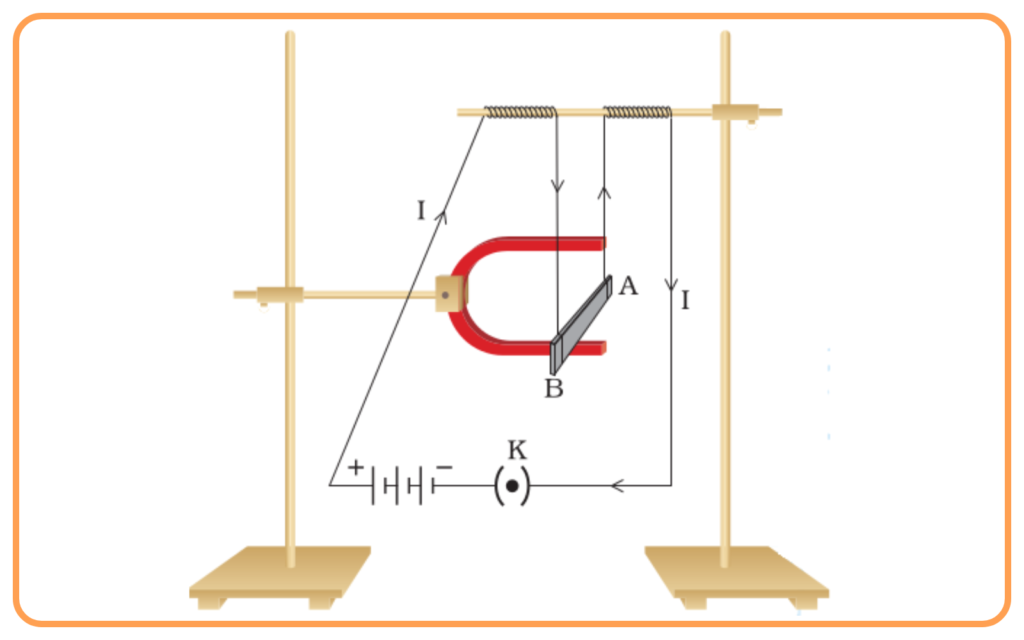
- This happens because the magnetic field exerts a force on the moving charges (electrons) in the conductor.
Factors Affecting the Force
The magnitude of the force depends on:
- Magnetic Field Strength (B) – Stronger the field, greater the force.
- Current in the Conductor (I) – More current increases the force.
- Length of the Conductor (L) – Longer the conductor, greater the force.
- Angle (θ) – The angle between the current direction and magnetic field.
Formula for Force
The magnitude of the force is calculated using the formula: F=BILsinθF

Where:
- F = Force (in Newtons, N)
- B = Magnetic field strength (in Tesla, T)
- I = Current (in Amperes, A)
- L = Length of the conductor (in meters, m)
- θ= Angle between the current and the magnetic field.
Special Cases
- Maximum Force: When 𝜃 = 90°(current is perpendicular to the magnetic field)

- Zero Force: When 𝜃 = 0° or 180°(current is parallel or anti−parallel to the magnetic field)

Direction of the Force
The direction of the force is determined by Fleming’s Left-Hand Rule:
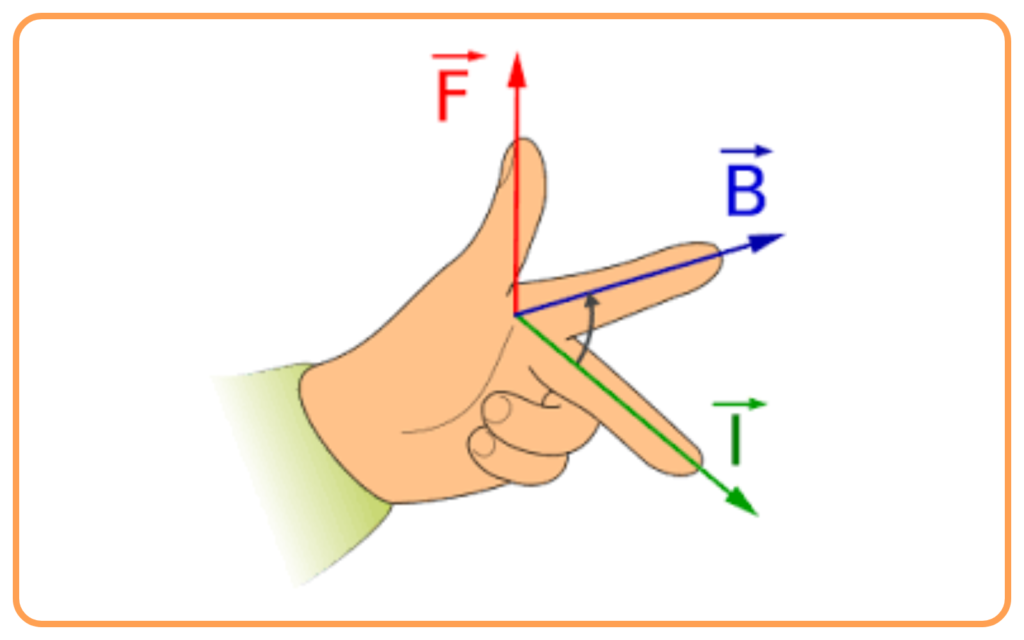
- Stretch the thumb, forefinger, and middle finger of your left hand at right angles to each other:
- Forefinger → Direction of the magnetic field (B).
- Middle finger → Direction of the current (I).
- Thumb → Direction of the force (F).
Real-Life Applications
- Electric Motors: This principle is used to generate rotational motion in electric motors.
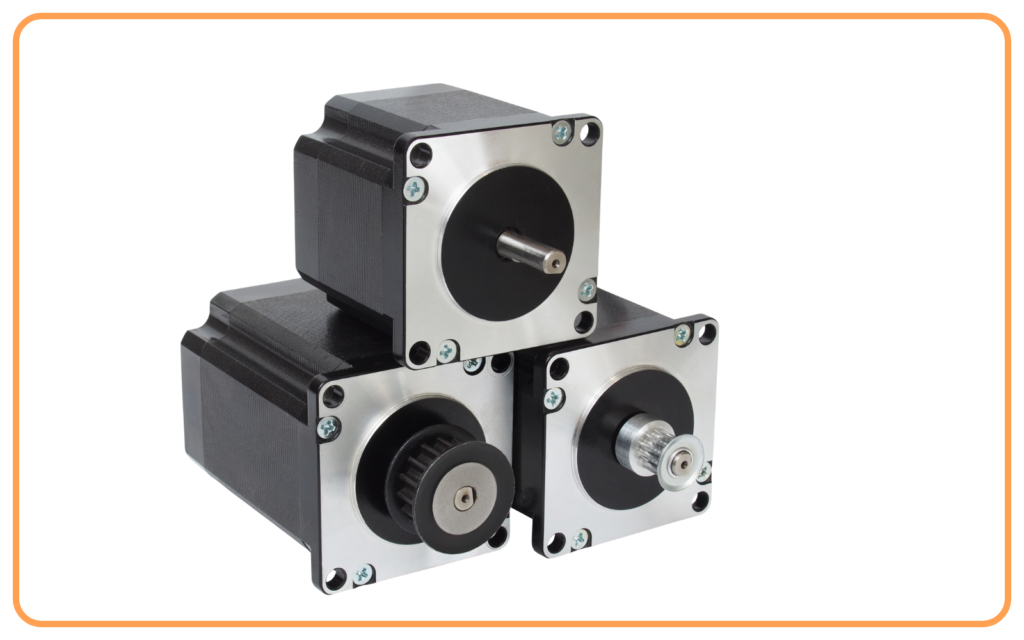
- Loudspeakers: The force causes vibrations in a diaphragm, producing sound.
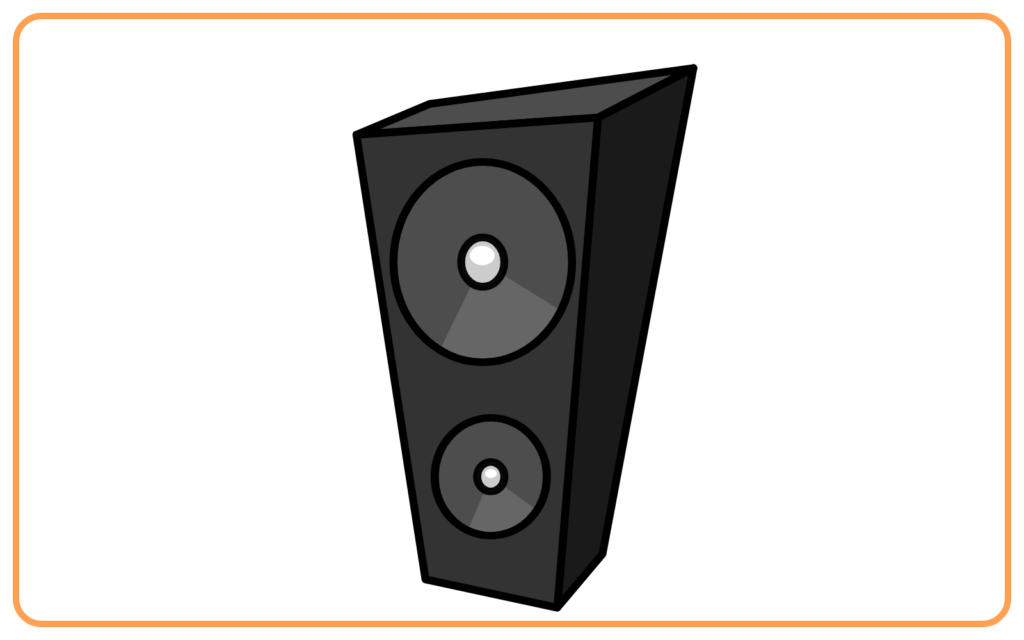
- Moving Coil Galvanometer: Used to measure small electric currents.
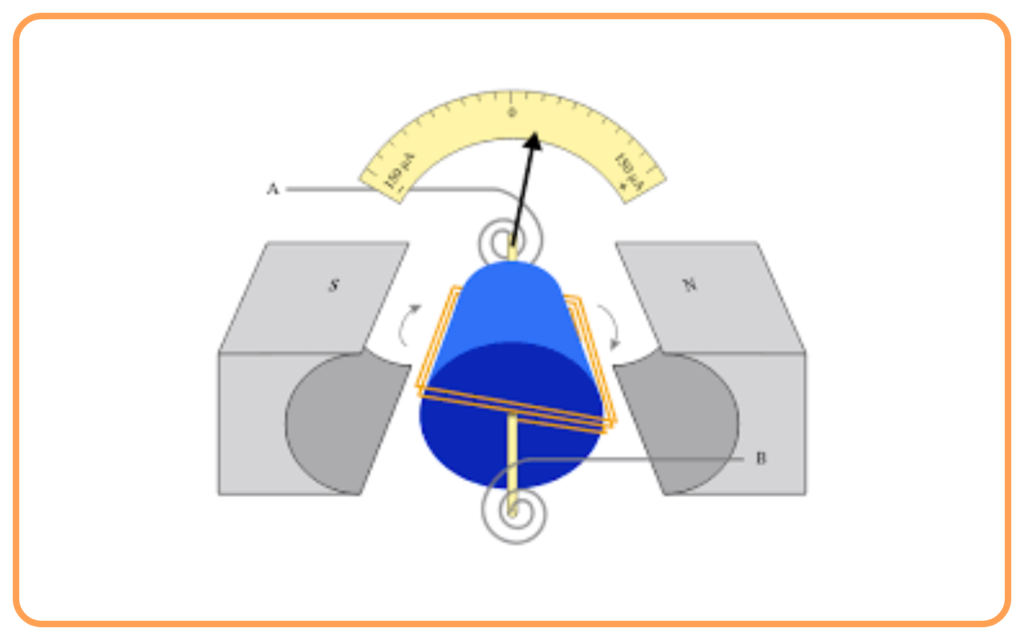
Demonstration Experiment
- Place a current-carrying conductor in a magnetic field between two magnets (north and south poles).
- Observe the movement of the conductor when current flows.
- Change the direction of the current or the magnetic field:
- The conductor’s direction of motion reverses.
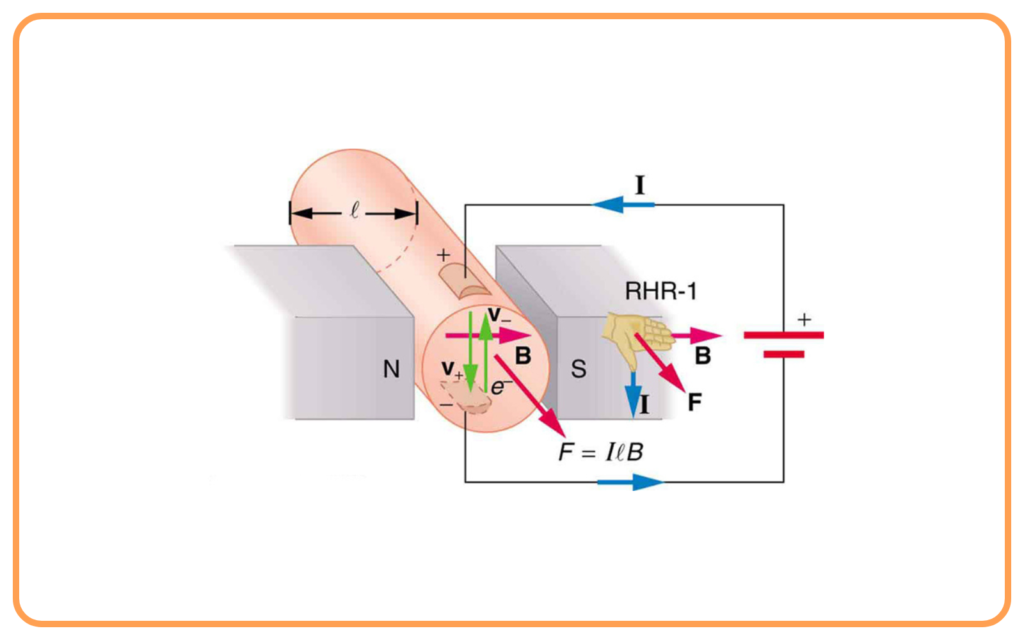
Let’s practice!

